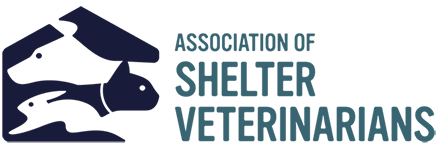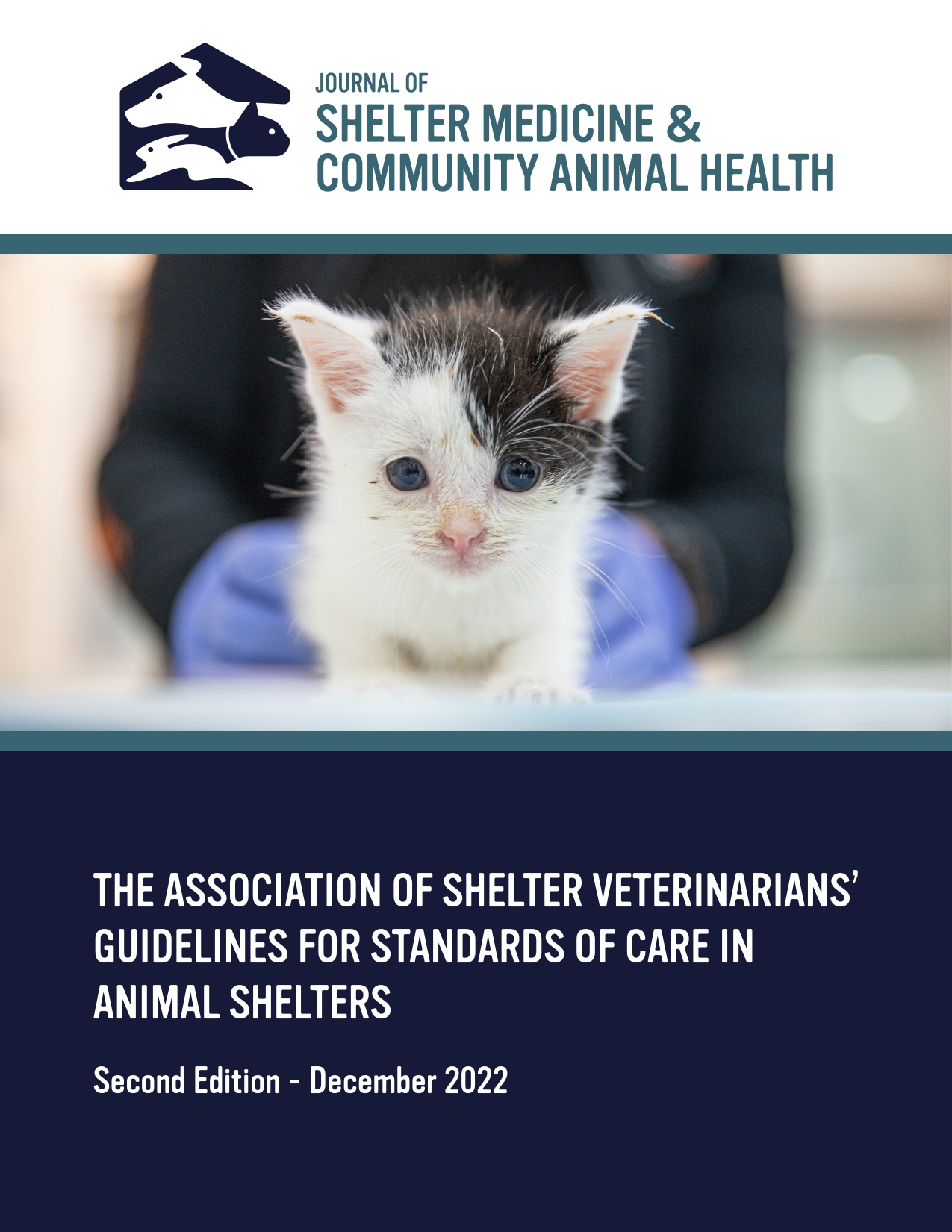Optimising Shelter Outcomes Using Technology, Foster Care and External Networks: A Community Case Study of Community-Centred Adoptions in an Australian Cat Shelter
DOI:
https://doi.org/10.56771/jsmcah.v4.144Keywords:
animal shelter, Australia, community engagement, COVID-19 pandemic, foster care, off-site adoption, technology driven solutionsAbstract
This study presents an initial in-depth analysis of foster-led adoptions via a digital platform in an Australian shelter context, where adoptions have traditionally occurred on-site. COVID-19 prompted the development of new adoption initiatives that complied with restrictive government guidelines. Between 2018 and 2024, shelter-based adoptions (n = 30,292) reduced from 80 to 60%, with adoptions through foster care, pet shops and community engagement becoming increasingly important. Growth in foster-based and pet shop adoptions supported shelter operations, accelerating the introduction of new services. Incorporating Adopets®, a digital platform compatible with Shelter BuddyPro® and relatively new to Australia, streamlined remote adoption processes, eliminated the need for in-person visits and reduced adoption barriers, notably decision fatigue. Following its implementation, off-site adoptions doubled compared to pre-pandemic levels, peaking at 40% (n = 13,713), with foster care consistently outperforming pet shop placements. In 2023, the median on-site stay for cats and kittens was 6 days and 28 days for those in foster care. In 2024, despite a 467-animal increase in intake, the median shelter stay dropped to 5 days and 24 days for those in foster care. These results highlight how incorporating technology-enabled strategies offer a replicable framework for community-centred, scalable shelter operations in Australian shelters.
Downloads
References
1.
Chua D, Rand J, Morton J. Stray and Owner-Relinquished Cats in Australia – Estimation of Numbers Entering 749 Municipal Pounds, Shelters and Rescue Groups and Their Outcomes. Animals. 2023;13:1771. doi: 10.3390/ani13111771
2.
HumanePro. Adopters Welcome Manual. 2020. Accessed February 22, 2025. https://humanepro.org/page/adopters-welcome-manual.
3.
Powell L, Ackerman R, Reinhard CL, Serpell J, Watson B. A Prospective Study of Mental Wellbeing, Quality of Life, Human-Animal Attachment, and Grief among Foster Caregivers at Animal Shelters. PLoS One. 2024;19(5):e0301661. doi: 10.1371/journal.pone.0301661
4.
Kreisler R, Pugh AA, Pemberton K, Pizano S. The Impact of Incorporating Multiple Best Practices on 845 Live Outcomes for a Municipal Animal Shelter in Memphis, TN. Front Vet Sci. 2022;9:786866. doi: 10.3389/fvets.2022.786866
5.
Kerr CA, Rand J, Morton JM, Reid R, Paterson M. Changes Associated with Improved Outcomes for Cats Entering RSPCA Queensland Shelters from 2011 to 2016. Animals. 2018;8(6):95. doi: 10.3390/ani8060095
6.
Karsten CL, Wagner DC, Kass PH, Hurley KF. An Observational Study of the Relationship between Capacity for Care as an Animal Shelter Management Model and Cat Health, Adoption and Death in Three Animal Shelters. Vet J. 2017;227:15–22. doi: 10.1016/j.tvjl.2017.08.003
7.
Australian Bureau of Statistics. Accessed March 28, 2025. https://www.abs.gov.au/statistics/people/population/regional-population/latest-release#capital-cities.
8.
Ackerman R, Watson B, Serpell J, Reinhard CL, Powell L. Understanding the Motivations of Foster Caregivers at Animal Shelters. Animals. 2023;13:2694. doi: 10.3390/ani13172694
9.
Best Friends Training Playbook, Foster Programmes. 2022. Accessed January 15, 2025. Best Friends 2022 Foster Programme Training Playbook. https://bestfriends.org/pet-care-resources/cat-foster-care-manual.pdf.
10.
Maddie’s Fund. 2020. Dog & Cat Foster Care in the United States–2020 Survey Report. Maddie’s Fund. Accessed June 30, 2025. https://www.maddiesfund.org/assets/research/dog-and-catfoster-survey2020.pdf.
11.
Berliner EA, Scarlett JM, Cowan AC, Mohammed H. A Prospective Study of Growth Rate, Disease Incidence, and Mortality in Kittens Less than 9 Weeks of Age in Shelter and Foster Care. J Appl Anim Welf Sci. 2022;26(4):607–622. doi: 10.1080/10888705.2021.2021409
12.
Phillips GE, Gunter LM. Companion Animal Foster Caregiving: A Scoping Review Exploring Animal and Caregiver Welfare, Barriers to Caregiver Recruitment and Retention, and Best Practices for Foster Care Programmes in Animal Shelters. PeerJ. 2024;12:e18623. doi: 10.7717/peerj.18623
13.
Taraciuk AC, Leite LO, Polo G, Garcia RDCM. An Overview of Animal Foster Homes in Brazil. Arch Vet Sci. 2020;25(4):104–118. doi: 10.5380/avs.v25i4.72602
14.
Reese L. Shelter and Rescue Programs Associated with Higher Live Release and Lower Return Rates for Dogs. Anim Welf. 2021;30(4):419–430. doi: 10.7120/09627286.30.4.005
15.
McDonald SE, Miller GS, Fried TR, Olmedo D, Matijczak A. Increasing Engagement in Kitten Fostering Programmes: Lessons Learned From High Kitten Intake Zip Codes in Los Angeles County. Front Vet Sci. 2022;9:897687. doi: 10.3389/fvets.2022.897687
16.
Ly LH, Gordon E, Protopopova A. Inequitable Flow of Animals in and Out of Shelters: Comparison of Community-Level Vulnerability for Owner-Surrendered and Subsequently Adopted Animals. Front Vet Sci. 2021;8:784389. doi: 10.3389/fvets.2021.784389
17.
Gunter L, Feuerbacher E. Canine Enrichment. Anim Behav Shelt Vet Staff. 2022;4(1):263–287. doi: 10.1002/9781119618515.ch11
18.
Griffin K. The Application of Scientific Evidence-Based Changes to an Animal Shelter’s Rehoming Practices. Animal Behaviour and Welfare Cases; 2024. doi: 10.1079/abwcases.2024.0013
19.
The Association of Shelter Veterinarians (ASV). The Guidelines for Standards of Care in Animal Shelters: Second Edition. J Shelter Med Community Anim Health. 2022;1:1–76.
20.
Ly L, Brown K, Yau E, Kenworthy B, Segurson S, Protopopova A. A Mixed-Methods Exploration of Opportunities for Barriers and Bias During Off Site Animal Adoption Events. J Shelter Med Community Anim Health. 2024;3:66. doi: 10.56771/jsmcah.v3.66

Additional Files
Published
Issue
Section
License
Copyright (c) 2025 Ann M. Enright, Laura E. Stapleton

This work is licensed under a Creative Commons Attribution 4.0 International License.









